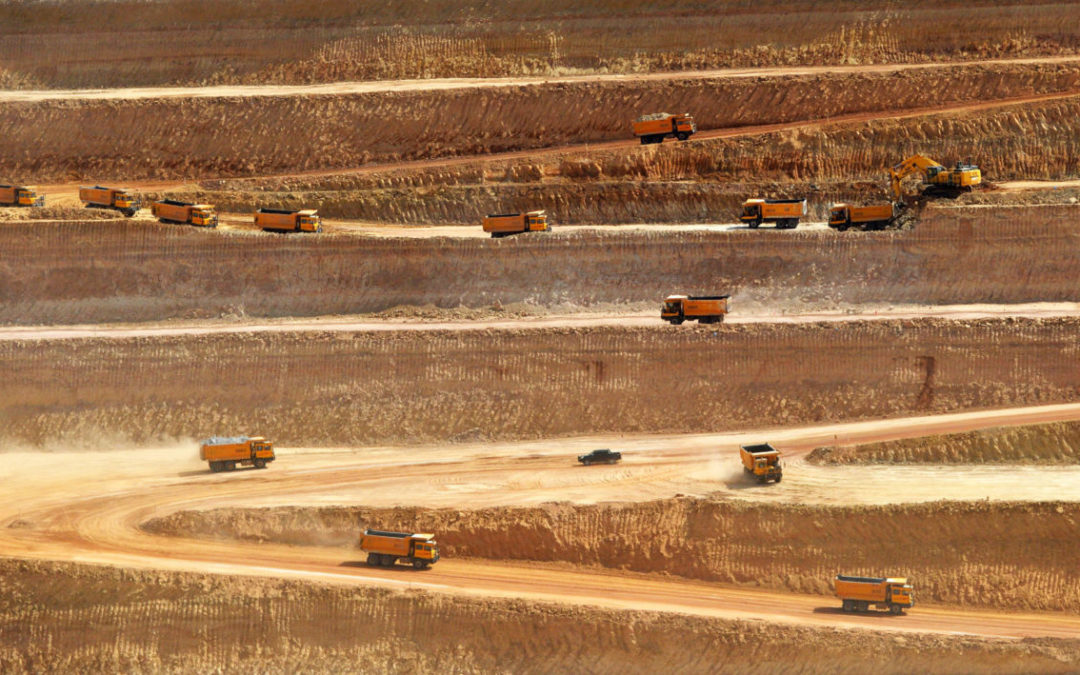SOURCE: e360
DATE: January 3, 2019
SNIP: China’s Belt and Road Initiative (BRI), launched by President Xi Jinping in 2013, has been described as the most ambitious infrastructure project in history. It is a plan to finance and build roads, railways, bridges, ports, and industrial parks abroad, beginning with China’s neighbors in Central, South, and Southeast Asia and eventually reaching Western Europe and across the Pacific to Latin America. The more than 70 countries that have formally signed up to participate account for two-thirds of the world’s population, 30 percent of global GDP, and an estimated 75 percent of known energy reserves.
Just building the land-based Silk Road Economic Belt and the 21st Century Maritime Silk Road will absorb massive amounts of concrete, steel, and chemicals, creating new power stations, mines, roads, railways, airports, and container ports, many in countries with poor environmental oversight. But more worrying still is the vision of industrial development to follow, and the energy that is planned to fuel it. While China has imposed a cap on coal consumption at home, its coal and energy companies are on a building spree overseas.
Chinese companies are involved in at least 240 coal projects in 25 of the Belt and Road countries, including in Bangladesh, Pakistan, Serbia, Kenya, Ghana, Malawi, and Zimbabwe. China is also financing about half of proposed new coal capacity in Egypt, Tanzania, and Zambia.
The Belt and Road Initiative threatens to lock China’s partners into the same high-emission development that China is now trying to exit.
So far, the majority of BRI projects are energy-related: Since 2000, Chinese-led policy banks have invested $160 billion in overseas energy projects, almost as much as the World Bank and regional development banks. But unlike the World Bank, 80 percent of China’s overseas energy investments went to fossil fuels — $54.6 billion to oil, $43.5 billion to coal, and $18.8 billion to natural gas — compared with only 3 percent to solar and wind and 17 percent to often-controversial hydro projects.

